#cleaning tech
Text
Narwal Freo X Ultra - TDP Review
The Narwal Freo X Ultra marks a significant leap forward in the world of robotic vacuum cleaners. Building on the foundation laid by its predecessor, the Narwal Freo, this latest model introduces a suite of advanced features that promise to elevate your home cleaning experience to new heights. With the Freo X Ultra, Narwal has not only increased the power and efficiency of the vacuum but has also…
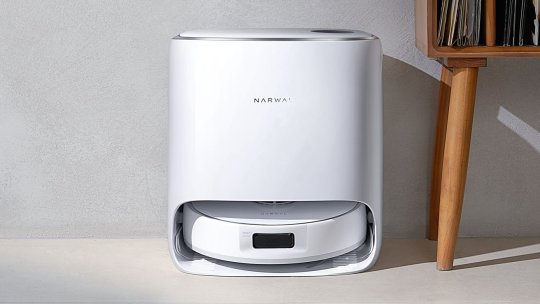
View On WordPress
#advanced navigation#app control#battery performance#cleaning innovation#cleaning tech#durable vacuum#dust compression#efficient cleaning#floor care#floor cleaning#high suction#high-end robot#home automation#home care tech#home cleanliness#household gadgets#intelligent cleaning#intelligent tech#Long Battery Life#maintenance tips#mopping robot#Narwal Freo X Ultra#obstacle avoidance#pet hair removal#powerful motor#premium vacuum#robotic mop#robotic vacuum#self-cleaning mop#smart appliance
0 notes
Text




۫ ˑ ֗ ִ ˑ ּ 𖥔 ۫ ּ ֗ ۪ ⊹ ˑ ִ ֗ ִ˖ ꒰ა frutiger angelic ໒꒱ ॱ ⊹ ᳝ ࣪ ִ ˑ 𖥔 ۫ ּ ֗ . ֗ ִ˖
#frutiger aero#frutiger aero aesthetic#y2k#2000s#y2k aesthetic#cybercore#webcore#old web#frutiger#angelic#angelcore#imac#y2k tech#video game aesthetic#white and blue#angel aesthetic#cyber angel#clean aesthetic#transparent tech#2000s tech#techcore#2000s nostalgia#early 2000s
2K notes
·
View notes
Photo



i need to see more of echo being annoying so badly . you don’t grow up with fives and get assigned to the 501st without developing little shit instincts
#the bad batch#tbb#star wars#echo tbb#tech tbb#omega tbb#hunter tbb#crosshair tbb#wrecker tbb#my art#also cleaning and coloring this is how i coped with s2 finale godspeed lets all hope for some s3 news from the sw celebration#this is also two seperate comics if thats not obvious. i think it is. but its whatever#also the echo and crosshair in my mind is so real everyone else move over
9K notes
·
View notes
Text


Omega taking selfies on the Marauder
#the bad batch#fanart#star wars#tbb crosshair#tbb tech#tbb omega#i cleaned up some sketches#and it turned into this whole idea
3K notes
·
View notes
Text
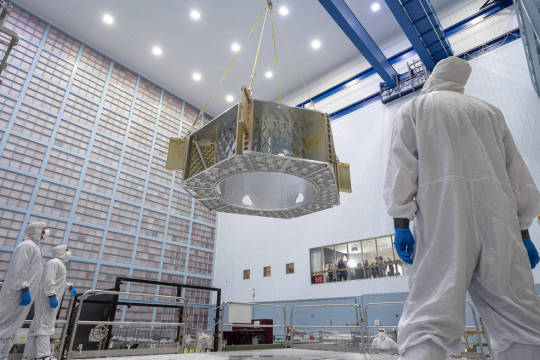
Roman's primary structure hangs from cables as it moves into the big clean room at NASA's Goddard Space Flight Center.
What Makes the Clean Room So Clean?
When you picture NASA’s most important creations, you probably think of a satellite, telescope, or maybe a rover. But what about the room they’re made in? Believe it or not, the room itself where these instruments are put together—a clean room—is pretty special.
A clean room is a space that protects technology from contamination. This is especially important when sending very sensitive items into space that even small particles could interfere with.
There are two main categories of contamination that we have to keep away from our instruments. The first is particulate contamination, like dust. The second is molecular contamination, which is more like oil or grease. Both types affect a telescope’s image quality, as well as the time it takes to capture imagery. Having too many particles on our instruments is like looking through a dirty window. A clean room makes for clean science!
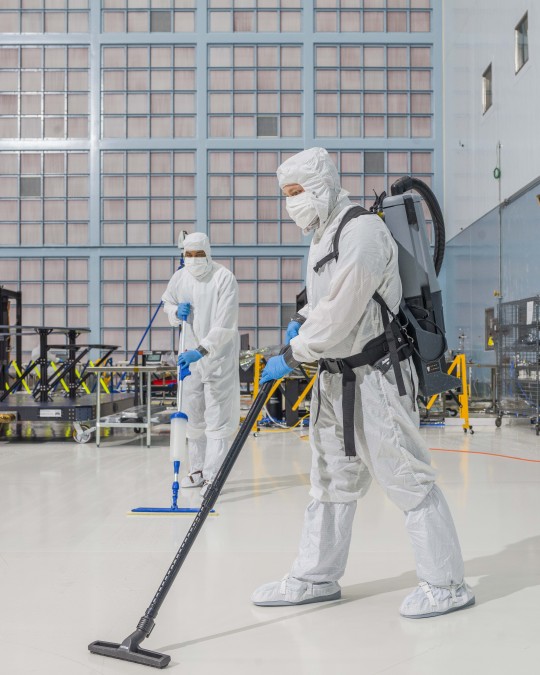
Two technicians clean the floor of Goddard’s big clean room.
Our Goddard Space Flight Center in Greenbelt, Maryland has the largest clean room of its kind in the world. It’s as tall as an eight-story building and as wide as two basketball courts.
Goddard’s clean room has fewer than 3,000 micron-size particles per cubic meter of air. If you lined up all those tiny particles, they’d be no longer than a sesame seed. If those particles were the size of 16-inch (0.4-meter) inflatable beach balls, we’d find only 3,000 spread throughout the whole body of Mount Everest!
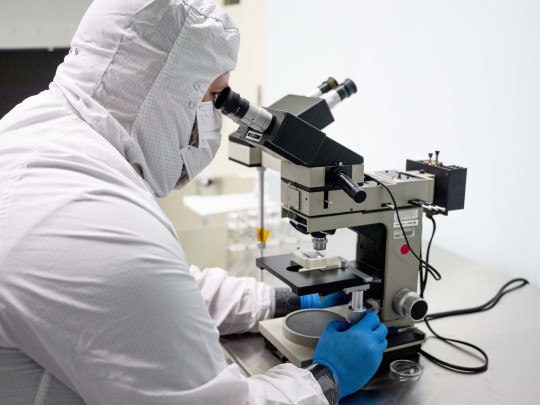
A clean room technician observes a sample under a microscope.
The clean room keeps out particles larger than five microns across, just seven percent of the width of an average human hair. It does this via special filters that remove around 99.97% of particles 0.3 microns and larger from incoming air. Six fans the size of school buses spin to keep air flowing and pressurize the room. Since the pressure inside is higher, the clean air keeps unclean air out when doors open.
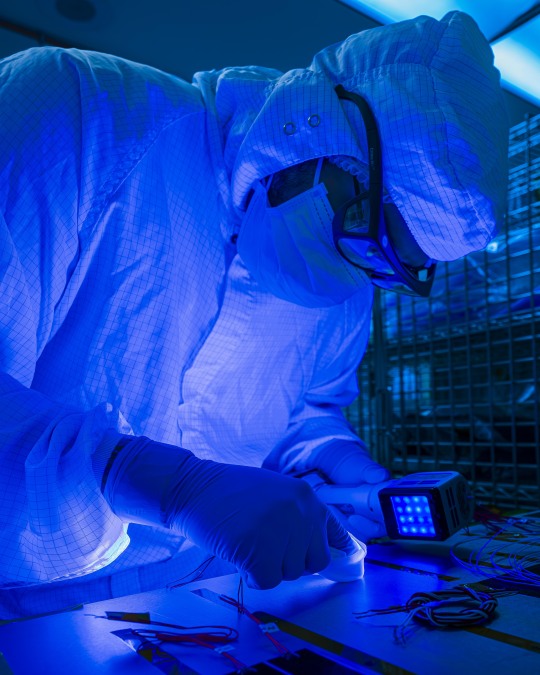
A technician analyzes a sample under ultraviolet light.
In addition, anyone who enters must wear a “bunny suit” to keep their body particles away from the machinery. A bunny suit covers most of the person inside. Sometimes scientists have trouble recognizing each other while in the suits, but they do get to know each other’s mannerisms very well.

This illustration depicts the anatomy of a bunny suit, which covers clean room technicians from head to toe to protect sensitive technology.
The bunny suit is only the beginning: before putting it on, team members undergo a preparation routine involving a hairnet and an air shower. Fun fact – you’re not allowed to wear products like perfume, lotion, or deodorant. Even odors can transfer easily!
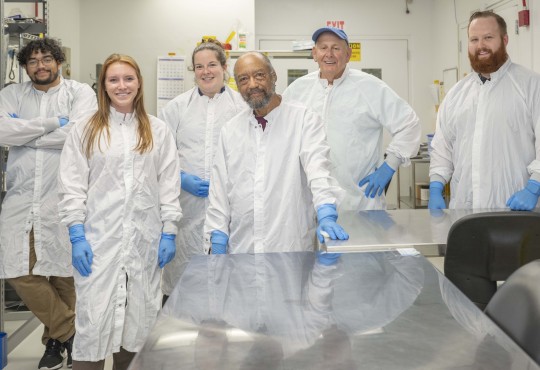
Six of Goddard’s clean room technicians (left to right: Daniel DaCosta, Jill Bender, Anne Martino, Leon Bailey, Frank D’Annunzio, and Josh Thomas).
It takes a lot of specialists to run Goddard’s clean room. There are 10 people on the Contamination Control Technician Team, 30 people on the Clean Room Engineering Team to cover all Goddard missions, and another 10 people on the Facilities Team to monitor the clean room itself. They check on its temperature, humidity, and particle counts.

A technician rinses critical hardware with isopropyl alcohol and separates the particulate and isopropyl alcohol to leave the particles on a membrane for microscopic analysis.
Besides the standard mopping and vacuuming, the team uses tools such as isopropyl alcohol, acetone, wipes, swabs, white light, and ultraviolet light. Plus, they have a particle monitor that uses a laser to measure air particle count and size.
The team keeping the clean room spotless plays an integral role in the success of NASA’s missions. So, the next time you have to clean your bedroom, consider yourself lucky that the stakes aren’t so high!
Make sure to follow us on Tumblr for your regular dose of space!
2K notes
·
View notes
Text
"When a severe water shortage hit the Indian city of Kozhikode in the state of Kerala, a group of engineers turned to science fiction to keep the taps running.
Like everyone else in the city, engineering student Swapnil Shrivastav received a ration of two buckets of water a day collected from India’s arsenal of small water towers.
It was a ‘watershed’ moment for Shrivastav, who according to the BBC had won a student competition four years earlier on the subject of tackling water scarcity, and armed with a hypothetical template from the original Star Wars films, Shrivastav and two partners set to work harvesting water from the humid air.
“One element of inspiration was from Star Wars where there’s an air-to-water device. I thought why don’t we give it a try? It was more of a curiosity project,” he told the BBC.
According to ‘Wookiepedia’ a ‘moisture vaporator’ is a device used on moisture farms to capture water from a dry planet’s atmosphere, like Tatooine, where protagonist Luke Skywalker grew up.
This fictional device functions according to Star Wars lore by coaxing moisture from the air by means of refrigerated condensers, which generate low-energy ionization fields. Captured water is then pumped or gravity-directed into a storage cistern that adjusts its pH levels. Vaporators are capable of collecting 1.5 liters of water per day.
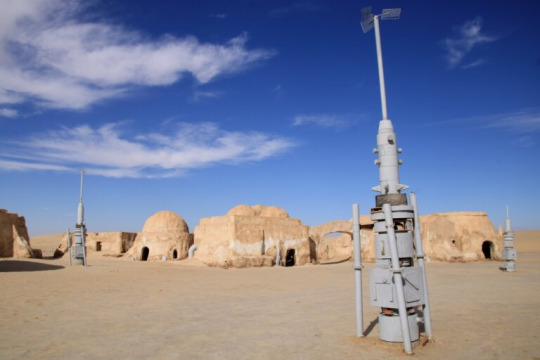
Pictured: Moisture vaporators on the largely abandoned Star Wars film set of Mos Espa, in Tunisia
If science fiction authors could come up with the particulars of such a device, Shrivastav must have felt his had a good chance of succeeding. He and colleagues Govinda Balaji and Venkatesh Raja founded Uravu Labs, a Bangalore-based startup in 2019.
Their initial offering is a machine that converts air to water using a liquid desiccant. Absorbing moisture from the air, sunlight or renewable energy heats the desiccant to around 100°F which releases the captured moisture into a chamber where it’s condensed into drinking water.
The whole process takes 12 hours but can produce a staggering 2,000 liters, or about 500 gallons of drinking-quality water per day. [Note: that IS staggering! That's huge!!] Uravu has since had to adjust course due to the cost of manufacturing and running the machines—it’s just too high for civic use with current materials technology.
“We had to shift to commercial consumption applications as they were ready to pay us and it’s a sustainability driver for them,” Shrivastav explained. This pivot has so far been enough to keep the start-up afloat, and they produce water for 40 different hospitality clients.
Looking ahead, Shrivastav, Raja, and Balaji are planning to investigate whether the desiccant can be made more efficient; can it work at a lower temperature to reduce running costs, or is there another material altogether that might prove more cost-effective?
They’re also looking at running their device attached to data centers in a pilot project that would see them utilize the waste heat coming off the centers to heat the desiccant."
-via Good News Network, May 30, 2024
#water#india#kerala#Kozhikode#science and technology#clean water#water access#drinking water#drought#climate change#climate crisis#climate action#climate adaptation#green tech#sustainability#water shortage#good news#hope#star wars#tatooine
734 notes
·
View notes
Text

fucking him probably wont undue the reconditioning but it cant hurt to try
#tbb#the bad batch#tbb spoilers#techphee#phee genoa#tbb tech#clone trooper tech#imptechphee#that tags for me#tech lives#imperial tech#cx 2#*tosses this into the tags and leaves*#will i clean this up and color it? unknown#my own things
250 notes
·
View notes
Text
FinFin has been thinking thoughts [Audio recommended]
#you love finfin 🔪#he is your best friend#come and see him#Adore him fr. what a little guy#but also he gives me feelings about the past and the future and everything that's going on in between#and the relationship that people have with art and technology and their ideas for the future#and why they make things and for who#like yes. ok. finfin was just capitalizing on a trend#but even in doing that they made something really unique and charming with lasting appeal#he's more than just a marketable product... and he was even then#he was a genuine curiosity for the tech featured in the game#it doesn't actually work the way it pretends to 😂 but still. The effort was there#fin fin#finfin#fin fin on teo the magic planet#windows 98#windows xp#microsoft agent#I should have spent longer cleaning this up. It's still pretty rough#but it's one of those things you can tweak forever and never be happy with so :/
3K notes
·
View notes
Text

Clarion city connection D005 (1985)
#clarion#city connection#cleaned#car radio#80s#1980s#empire state building#car stereo#auto radio#vintage tech#old tech#old stereo#graphic equalizer#cassette#car#audio
416 notes
·
View notes
Text
I feel like the other members of the batch (most likely Crosshair and Wrecker) would be acting out and not listening to Hunter, and Hunter would finally lose his shit and hit them with the “just WAIT until your father Echo gets home!”😡
#they would immediately pull it together and clean up whatever mess they made and make amends with each other#just mentioning telling Echo is enough to strike the fear of GOD into them#star wars tbb#star wars the bad batch#tbb crosshair#the bad batch#arc trooper echo#tbb echo#tbb hunter#tbb wrecker#tbb omega#tbb tech#tbb headcanons#bad batch headcanon#bad batch headcanons
133 notes
·
View notes
Text
had a whole ass "debate" with some dude bc he just doesnt like HOW solarpunk is anti establishment
bro just wants grimdark dystopian bullshit like we have always seen
"it's just trees / star trek"
tell me you dont understand what a good civilzation looks like without telling me
solarpunk is EVERYTHING other types of punk are... except it is bright.
what is wrong with that???
#punk#solarpunk#hopepunk#noblebright#paladin#anti establishment#anti capitalism#anti work#sustainability#star trek#using tech to work WITH nature#and heal#usinh science for the betterment of all#imagine reviving lost flora/fauna#cleaning the oceans#star trek is punk#bc it goes against a LOT of what our civilization currently does#while still admitting there are problems and room to grow
356 notes
·
View notes
Text
[part 2]
The kid wanted to check where The Batch has been travelling to, but messed up their computer :D






#they made her clean up the mess but let her keep Lula#Tech is out of the frame screaming at the computer#star wars#the bad batch#tbb omega#tbb hunter#tbb echo#tbb wrecker#tbb#Crosshair is late cuz he's eating soup#let him eat
43 notes
·
View notes
Text

#frutiger aero#frutiger aero aesthetic#y2k#2000s#y2k aesthetic#webcore#frutiger#frutiger eco#old web#early 2000s#2000s nostalgia#2000s aesthetic#windows#nokia#2000s tech#old tech#clean aesthetic
692 notes
·
View notes
Text



recent sketches
#genshin impact#this is not related at all#but my twitter algorithm handed me that one shadow scene from sonic prime where he gets the tech thing in his mouth#and i'm not really in that fandom but boy am i suddenly interested#i mean the fight scene was cool. yeah.#also it's SO refreshing to draw characters that have clean silhouettes and designs#compared to genshin where outfits are kind of a hot mess#anyways i have time to finish some wips so hopefully i will post more this month haha
236 notes
·
View notes
Text
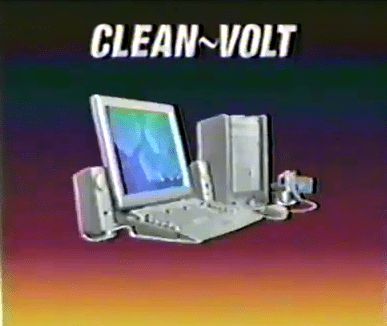
124 notes
·
View notes